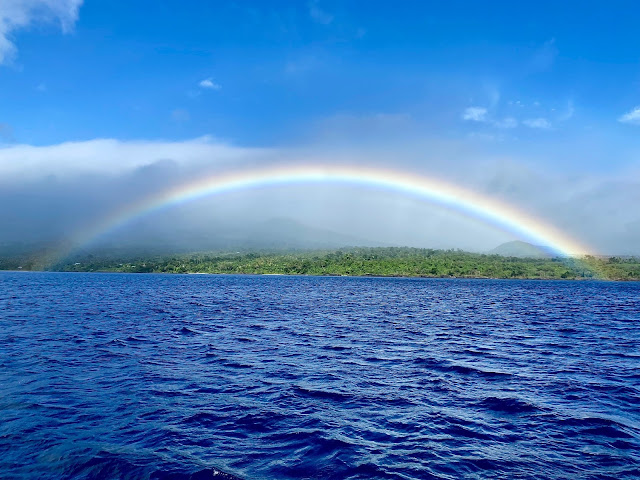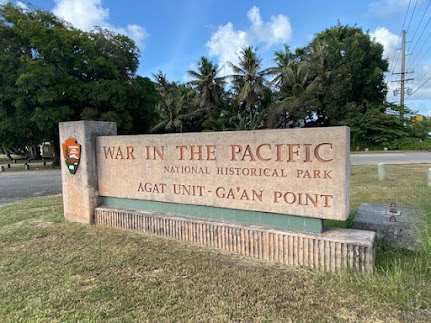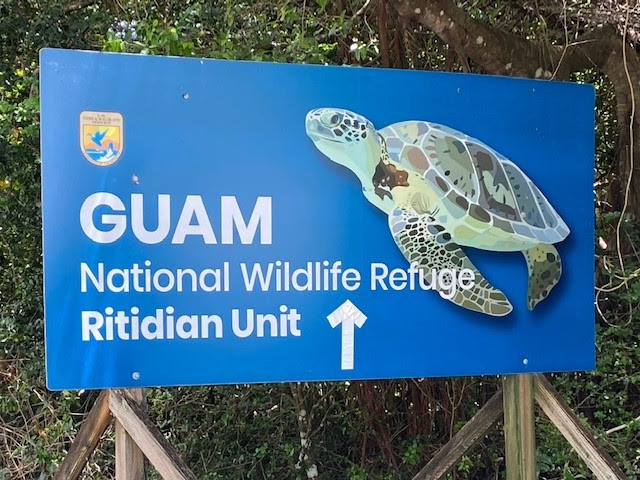 In my previous post Elecraft KX3 Macros for Multi-Mode POTA Activations, I wrote about the recursive macros I programmed into the KX3 to switch between the 3 most common modes (CW, SSB, FT-8/4) I use during my POTA activations. I also mentioned that I recently acquired a QRPWorks SideKar Decoder Edition. To say this is a memory keyer is a misnomer. Yes, the 'keyer' not only allows messages but also macros and it allows 20 message/macros in 10 different groups for up to 200 messages/macros. It also has a built-in logger (up to 1000 QSOs), wireless keyboard support (2.4 GHz keyboards), and a decoder for CW, RTTY, and PSK31! In short, this is a game changer as I continue my 1-man DXpeditions and international POTA park activations!
In my previous post Elecraft KX3 Macros for Multi-Mode POTA Activations, I wrote about the recursive macros I programmed into the KX3 to switch between the 3 most common modes (CW, SSB, FT-8/4) I use during my POTA activations. I also mentioned that I recently acquired a QRPWorks SideKar Decoder Edition. To say this is a memory keyer is a misnomer. Yes, the 'keyer' not only allows messages but also macros and it allows 20 message/macros in 10 different groups for up to 200 messages/macros. It also has a built-in logger (up to 1000 QSOs), wireless keyboard support (2.4 GHz keyboards), and a decoder for CW, RTTY, and PSK31! In short, this is a game changer as I continue my 1-man DXpeditions and international POTA park activations!
Working "pileups" from a DX entity is more demanding than the pileups POTA activators typically encounter when activating parks in the US. So, to help manage the pileup on CW and (sometimes) SSB, I work SPLIT. Split operation is essentially transmitting on one frequency but listening on another. For example, in CW mode I always work split up 1 which means I will transmit on 14.025 MHz, but I am listening on 14.026 MHz. If another station transmits on 14.025 MHz, I will not hear them, and even worse, the stations that are listening for my signal may not hear me if someone is also transmitting on my DX frequency! (Setting a rig for split operation is explained in the transceiver's manual.)
Since I already used 7 of the 8 available rig macros on the KX3, I wanted a way to include macros for split operations, and also for RTTY and PSK31. Enter the QRPWorks SideKar! The SideKar will store up to 20 messages/macros. So, back to macro editing, I created a few more macros for my upcoming DXpedition activations.

Line items 1 - 3 and 6 - 8 are messages assigned to the respective function keys on the wireless keyboard. Line items 11 - 13, and 16 - 20 are macros assigned to ALT key + function keys F1 - F3 an F5 through F10 respectively. Let's take a closer look at the macros. Referring back to my previous post, pressing PF1 on the KX3 will configure the KX3 for either CW, SSB, or FT-8 mode. So, first I will set the KX3 into CW mode, find an open frequency, then press ALT + F1 to put the KX3 into split operation listening up 1 KHz. That macro is: SWT25;SWT25;UP4;BW0050;FT1;LK1;
These commands are specific for the KX3, but the idea of what the macro does is generally universal if you can load macros into your rig, so lets take a look at what these commands do.
SWT25; - simulates pressing the A > B key to set VFO B to VFO A
SWT25; - pressing the A > B switch a second time copies all configuration
settings from VFO A to VFO B
UP4; - changes VFO A up 1 KHz
BW0050; - increases the 'listening' bandwidth of VFO A
FT1; - puts the transceiver into SPLIT operation
LK1; - Locks VFO A (the CW macro turned on RIT to adjust VFO A if needed)
The macro on line 12 basically does the same thing as the macro on line 11, but it puts the rig into split operation with a 5 KHz offset between VFO B and VFO A for SSB mode. The macro on line 13 unlocks VFO A, turns off split operation, and sets VFO A, to VFO B frequency since that was the transmitting frequency.
The values used for offsetting the frequency are a bit cryptic, and the values may be different for your transceiver. For Elecraft the values are listed below.
0 = 1Hz
1 = 10 Hz
2 = 20 Hz
3 = 50 Hz
4 = 1 KHz
5 = 2 KHz
6 = 3 KHz
7 = 5 KHz
8 = 100 Hz
9 = 200 Hz
The macros on lines 15 - 17, and 18 - 20 are similar to the macros created for FT-8 modes and frequencies in the previous post but configure the KX3 for RTTY and PSK modes and calling frequencies on 20-, 15-, and 10-meter bands respectively.
The messages and macros I use for POTA activations are very similar to the ones I use for my 1-man DXpeditions except I don't include the macros for split operation. (NOTE: I do use split on my DXpeditions even when I'm operating from a POTA referenced park, but I don't call "CQ POTA.")
The SideKar utility allows us to define 20 messages or macros in 10 groups. That's 200 possible message/macros. I created groups based on my favorite activities when operating portable (including my DXpeditions) as shown below.
Line items 1 through 10 are contest messages for running and pouncing in CW and RTTY modes for the CQ WW WPX contests. When I am at a DX entity during a contest weekend, I simply change the [callsign] to the appropriate callsign for the DX location I am operating from, connect the SideKar to the computer, download the contest messages/macros into the SideKar and go into contest mode! At the end of the contest, I connect the SideKar back to the computer, select my DX callsign, and download those messages/macros back into the magic box!
I also tried to keep messages/macros on the same function keys for ease of use, but I also made-up 4"x6" cheatsheets with the message/macro assignments on one side and SideKar shortcut keys commonly used on the other side of the card for those times when I might be experiencing a senior moment.
 In my previous post Elecraft KX3 Macros for Multi-Mode POTA Activations, I wrote about the recursive macros I programmed into the KX3 to switch between the 3 most common modes (CW, SSB, FT-8/4) I use during my POTA activations. I also mentioned that I recently acquired a QRPWorks SideKar Decoder Edition. To say this is a memory keyer is a misnomer. Yes, the 'keyer' not only allows messages but also macros and it allows 20 message/macros in 10 different groups for up to 200 messages/macros. It also has a built-in logger (up to 1000 QSOs), wireless keyboard support (2.4 GHz keyboards), and a decoder for CW, RTTY, and PSK31! In short, this is a game changer as I continue my 1-man DXpeditions and international POTA park activations!
In my previous post Elecraft KX3 Macros for Multi-Mode POTA Activations, I wrote about the recursive macros I programmed into the KX3 to switch between the 3 most common modes (CW, SSB, FT-8/4) I use during my POTA activations. I also mentioned that I recently acquired a QRPWorks SideKar Decoder Edition. To say this is a memory keyer is a misnomer. Yes, the 'keyer' not only allows messages but also macros and it allows 20 message/macros in 10 different groups for up to 200 messages/macros. It also has a built-in logger (up to 1000 QSOs), wireless keyboard support (2.4 GHz keyboards), and a decoder for CW, RTTY, and PSK31! In short, this is a game changer as I continue my 1-man DXpeditions and international POTA park activations!


































